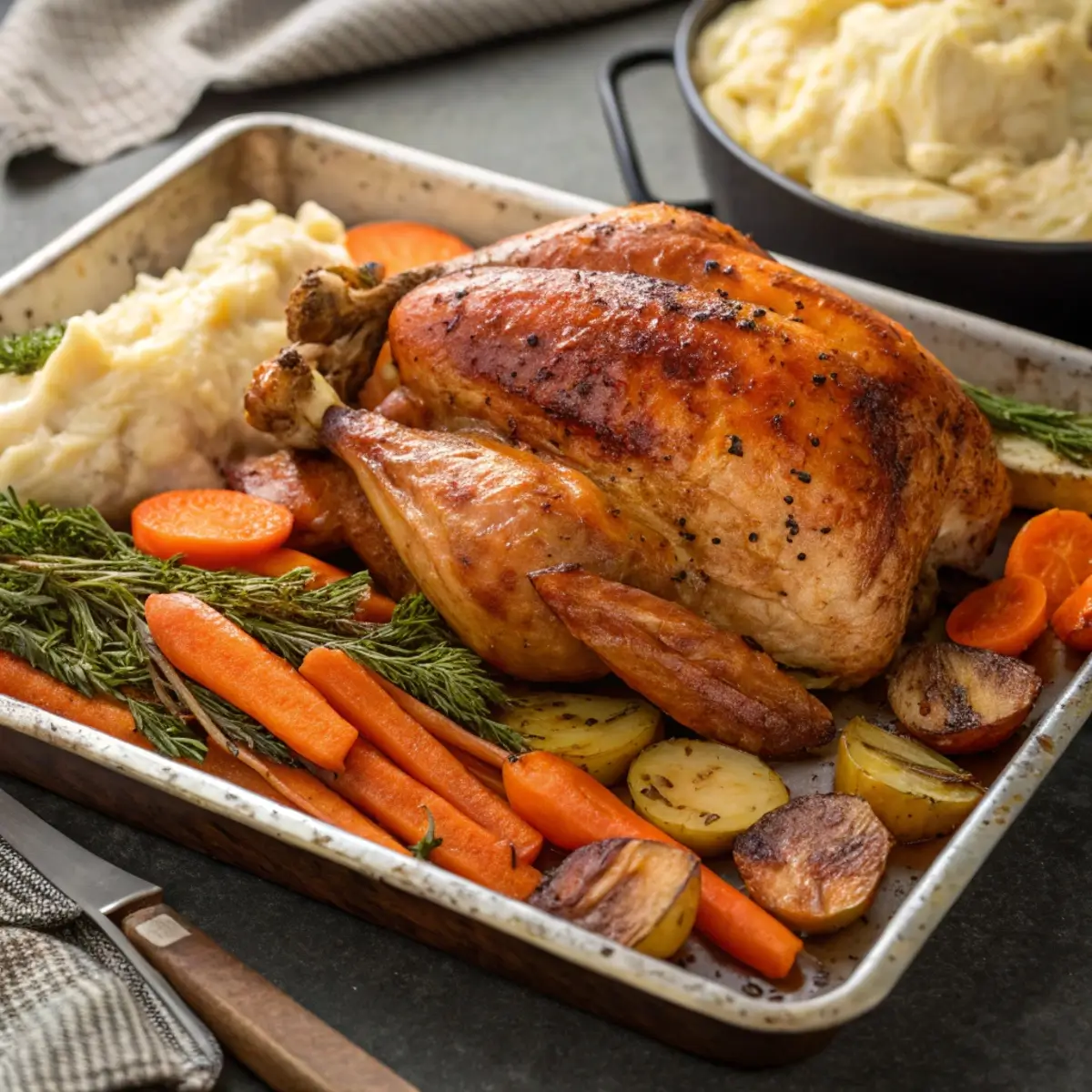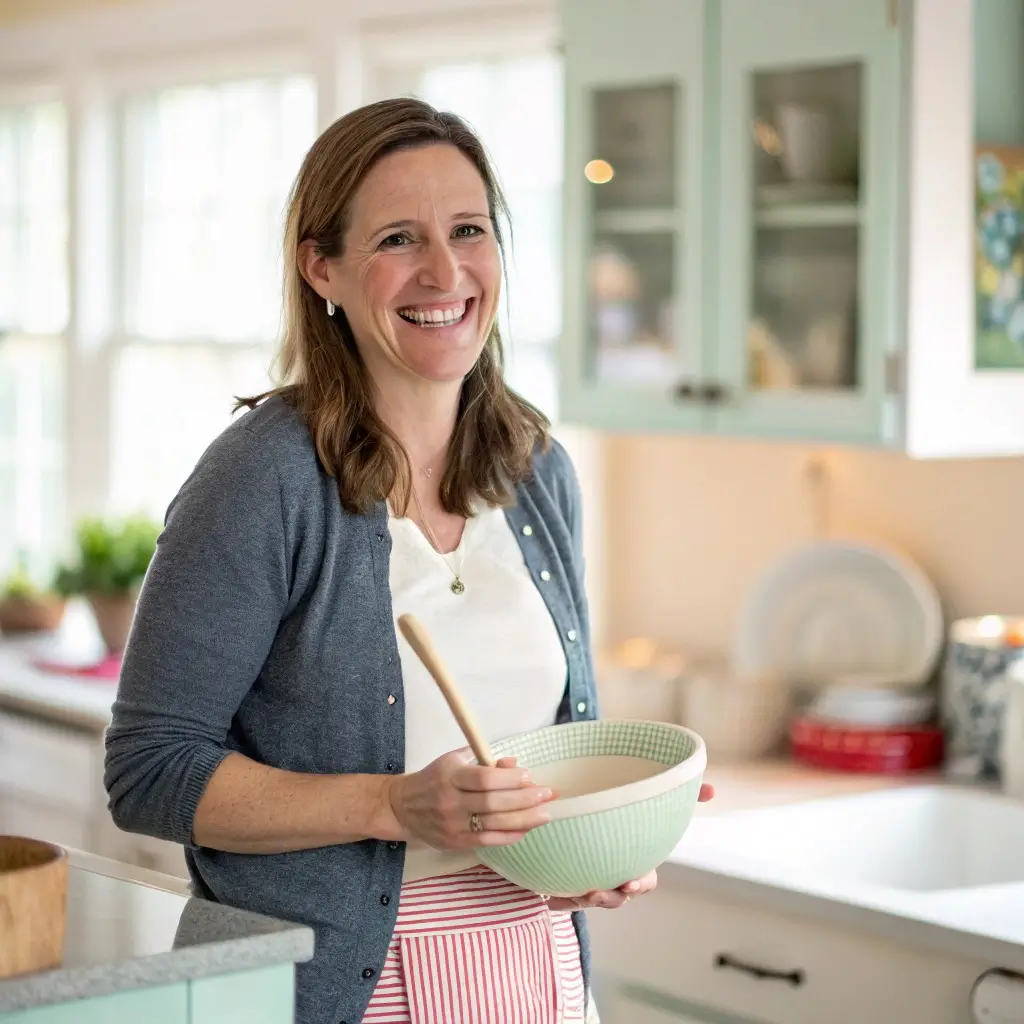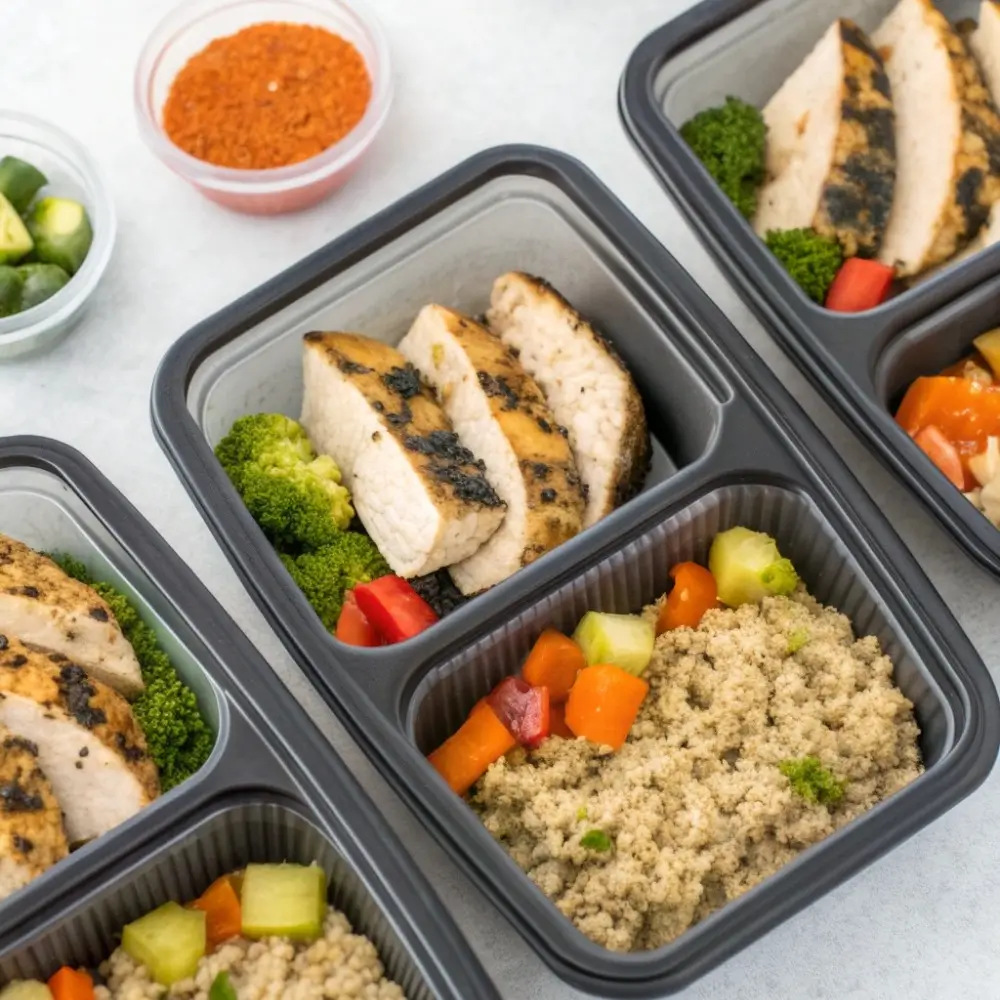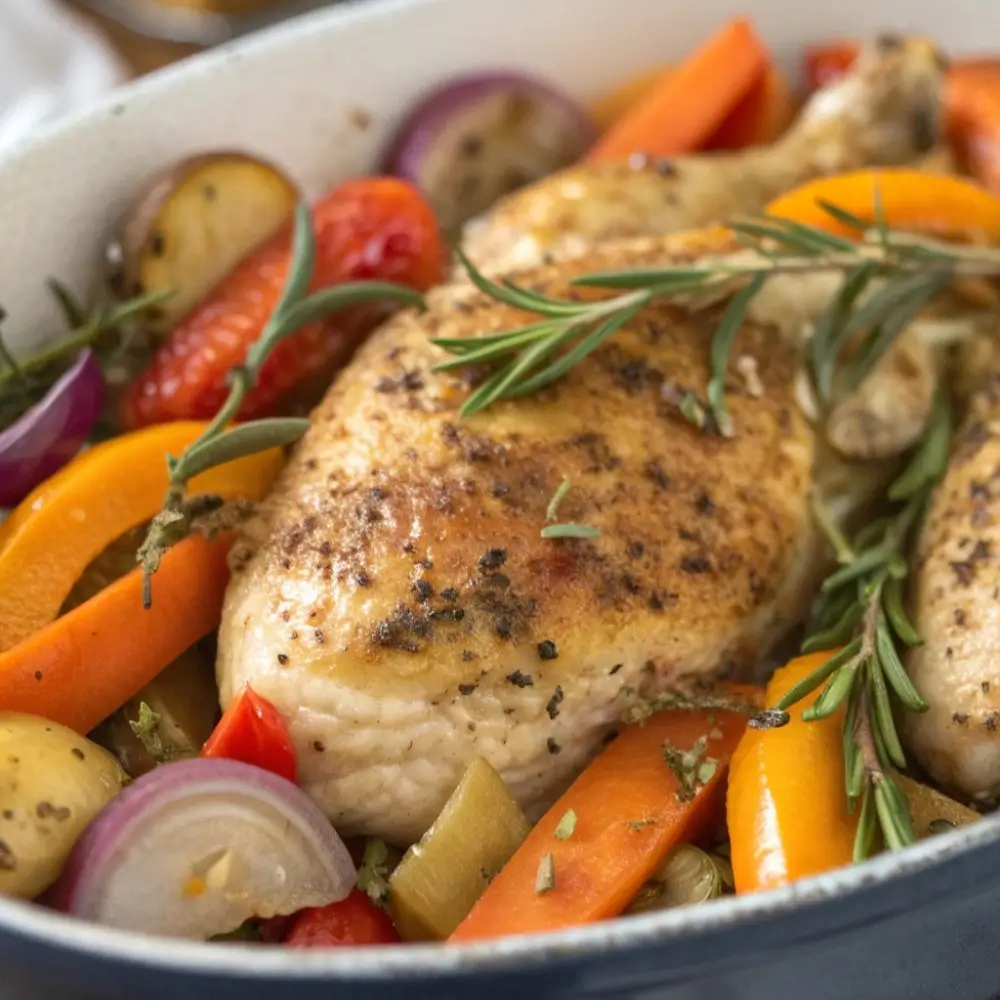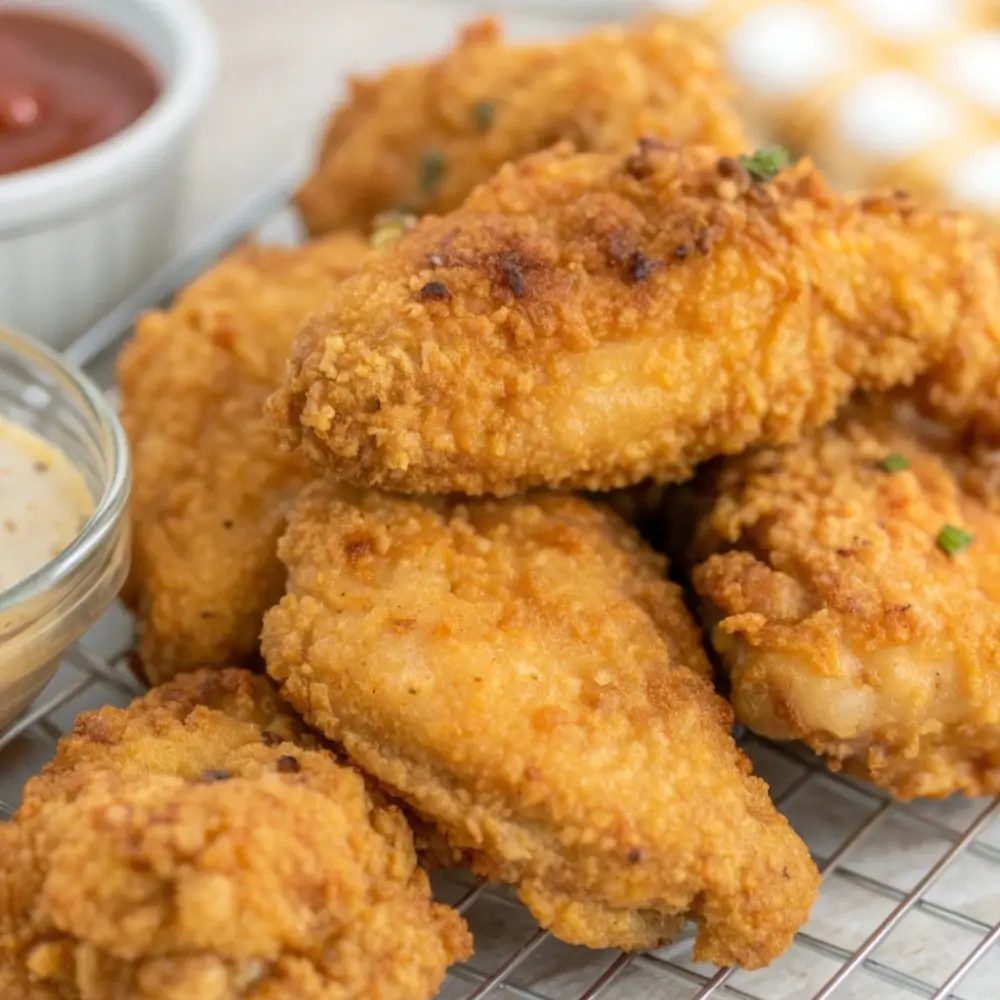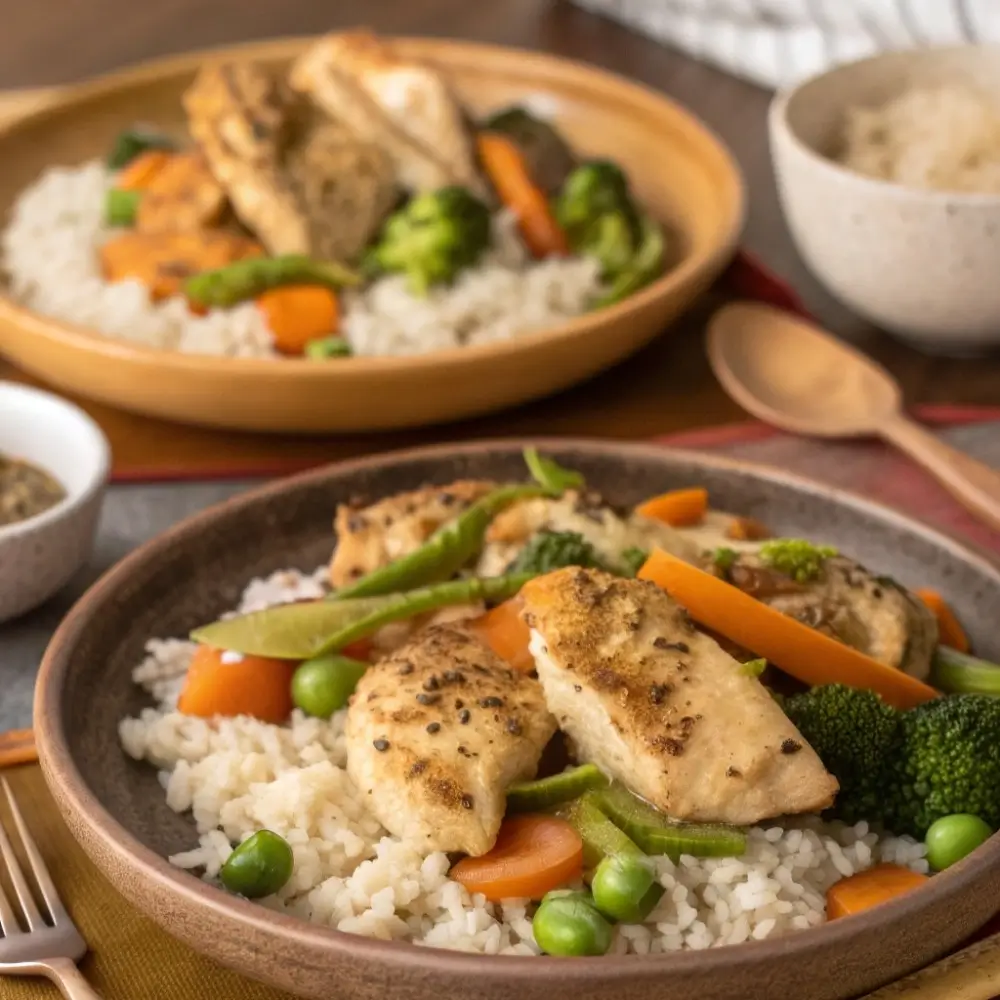Table of Contents
- 1 Why Choose a Sheet Pan Thanksgiving Dinner?
- 2 Planning Your Thanksgiving Sheet Pan Dinner
- 3 Main Recipe: One‑Pan Turkey & Veggie Roast
- 4 Variations & Themes
- 5 Tips for Perfect Sheet Pan Thanksgiving Success
- 6 Side Dish Sheet Pan Ideas (Bonus)
- 7 Frequently Asked Questions (FAQs)
- 8 Serving Suggestions & Pairings
- 9 Final Thoughts: A Stress‑Free Thanksgiving Feast
Why Choose a Sheet Pan Thanksgiving Dinner?
Thanksgiving is all about indulgence, gratitude, and enjoying time with loved ones — not being stuck at the stove or drowning in dirty dishes. A sheet pan Thanksgiving dinner is a clever way to consolidate cooking, reduce mess, and still deliver festive flavor.
With one sheet pan, you can roast your turkey (or turkey parts), vegetables, herbs, and even stuffing in coordinated fashion. Fewer pans to wash, fewer chances of overcooking, and a more relaxed holiday kitchen experience.
Here are the advantages:
-
Easy cleanup — one pan, maybe two if you use a second for sides
-
Flavor mingling — vegetables roast in the turkey juices, enhancing taste
-
Better timing — everything cooks together on roughly the same schedule
-
Visual appeal — a full, colorful tray is beautiful for the table
-
Great for smaller kitchens or limited oven space
That said, to succeed you need thoughtful planning: balancing cooking times, layering correctly, and choosing the right cuts or pieces of turkey that roast well on a pan.
Planning Your Thanksgiving Sheet Pan Dinner
Before you turn on the oven, spend some time planning. Here’s what to think through:
1. Choose the Right Turkey Cut or Pieces
Whole turkeys can be large and may not fit well on a flat sheet pan. Instead, consider:
-
Turkey breast (bone‑in or boneless) laid flat
-
Turkey thighs and drumsticks
-
Turkey tenderloins or cutlets
These portions roast more uniformly on a sheet pan without needing constant repositioning.
2. Pick Complementary Vegetables
Select vegetables that roast at similar temperatures and finish around the same time. Good options include:
-
Carrots (baby or cut thick)
-
Potatoes or sweet potatoes (cubed)
-
Brussels sprouts (halved)
-
Parsnips, turnips
-
Onions, shallots
-
Green beans or asparagus (added later, if needed)
Avoid vegetables that cook very fast (like zucchini) unless you add them near the end.
3. Add a Layer of Flavor
To elevate your tray:
-
Use herb sprigs (rosemary, thyme, sage) tucked between foods
-
Drizzle with olive oil or melted butter
-
Season with salt, pepper, garlic powder, paprika
-
Optionally include bite-sized stuffing portions placed where they can crisp
4. Consider Cooking Order & Placement
You’ll want parts that take longest to cook closest to the heat source or toward edges. For example:
-
Turkey breast or thick pieces centered
-
Potatoes underneath or around
-
Less time-sensitive veggies near edges
-
Stuffing or bread bits on a corner where they can toast
A gentle rotation mid‑roast can help everything brown evenly.
Main Recipe: One‑Pan Turkey & Veggie Roast
Here’s a detailed recipe you can adapt by size or preference.
Ingredients (for ~4–6 servings):
-
2 lb turkey breast or a few thighs and drumsticks
-
3 cups assorted vegetables (carrots, potatoes, Brussels sprouts)
-
2–3 tablespoons olive oil or melted butter
-
1 teaspoon garlic powder
-
1 teaspoon onion powder
-
½ teaspoon smoked paprika
-
½ teaspoon dried thyme
-
Fresh herbs (rosemary, sage, thyme)
-
Salt and pepper
-
Optional: small handful cubed bread or stuffing mix
Instructions:
-
Preheat oven to 425 °F (220 °C).
-
Line a large rimmed sheet pan with parchment paper or foil for easier cleanup.
-
Trim and pat dry your turkey pieces; season with salt and pepper.
-
Toss vegetables with olive oil, garlic powder, onion powder, paprika, dried thyme, salt, and pepper in a bowl.
-
Arrange turkey on the pan, leaving space around. Nestle vegetables around it in a single layer. Tuck herb sprigs among pieces.
-
If using bread cubes or a bit of stuffing mix, scatter lightly in corners where they’ll crisp without getting soggy.
-
Roast in the oven for about 35–50 minutes, depending on thickness. Use a meat thermometer: turkey should reach 165 °F (74 °C).
-
Optional mid-roast: rotate the pan 180° and stir vegetables for even browning.
-
Once done, rest the turkey 10 minutes before slicing. Use the pan juices drizzled over veggies.
-
Serve directly from the tray or transfer to a serving platter.
You’ll have a beautiful, hearty main with vegetables all on one sheet.
Variations & Themes
You can adapt this concept to different flavor themes for your holiday.
Herb & Lemon Turkey Feast
Add sliced lemons, fresh parsley, and extra herbs. Use lemon zest in your seasoning. Adds brightness and freshness.
Cajun Turkey & Root Vegetables
Swap in Cajun seasoning, use sweet potatoes, parsnips, and bell peppers. Add a pinch of cayenne for heat.
Mediterranean Twist
Use olive oil, garlic, oregano, and place cherry tomatoes and zucchini (added late). Serve with fresh parsley and lemon wedges.
Autumn Harvest Style
Add cubed butternut squash, small chunks of sweet potato, apple slices (for sweet contrast). Use cinnamon or nutmeg in small doses.
Tips for Perfect Sheet Pan Thanksgiving Success
-
Use a rimmed sheet pan to catch drippings.
-
Space pieces so air circulates — avoid overcrowding.
-
Choose vegetables that cook at similar speed.
-
Add moisture? Put a little chicken or turkey broth in a corner to steam veggies slightly.
-
Use foil or parchment for easy cleanup.
-
Rest meat before slicing to retain juices.
-
Leftovers? Use the same pan to crisp them in the oven the next day.
Side Dish Sheet Pan Ideas (Bonus)
While the main roast works great, you can also make side dishes on separate sheet pans to pencil in during off hours.
-
Sweet potato wedges with herbs
-
Roasted Brussels sprouts and bacon alternative (e.g. smoked tofu bits)
-
Maple‑glazed carrots and parsnips
-
Green bean / broccoli medley added late
-
Cranberry walnut bake in small pan
Each of these complements the main and adds variety without too much extra effort.
Frequently Asked Questions (FAQs)
Can I do a whole turkey on a sheet pan?
It can be challenging. Whole turkeys are large and may overhang. It’s better to use breast or parts for even roasting.
What temperature works best?
425 °F (220 °C) is a good midpoint — high enough for browning, yet gentle enough to allow vegetables to cook through.
How do I prevent soggy vegetables?
Use moderate oil, don’t overcrowd, and ensure pieces are cut thick enough to withstand roasting. Rotate or stir if needed.
Can I prepare ahead?
Yes. Chop vegetables and season ahead. You can even partially roast veggies and finish with turkey when guests arrive.
Is parchment or foil better?
Parchment helps prevent sticking and is easier to lift. Foil works too, especially if lightly greased.
How do I reheat leftovers to retain crispness?
Use your oven or air fryer — spread pieces on a tray and re-roast briefly at 400 °F until crisped.
Serving Suggestions & Pairings
-
Serve with pan juices or simple gravy
-
Fresh green salad or winter greens
-
Dinner rolls or crusty bread
-
Cranberry sauce or chutney
-
A light dessert afterward like fruit tart or pudding
This sheet pan dinner becomes the centerpiece of your Thanksgiving spread.
Final Thoughts: A Stress‑Free Thanksgiving Feast
Thanksgiving doesn’t have to be chaos. With a sheet pan dinner approach, you can roast your turkey and all the fixings on one tray, minimize cleanup, and focus on family and gratitude instead of dishes. With a bit of planning, smart vegetable choices, and roasting know-how, you’ll have a beautiful, flavorful holiday meal with half the mess.
If you’d like companion articles — sheet pan desserts, vegetarian versions, or timing guides — I’d be happy to write those next!
